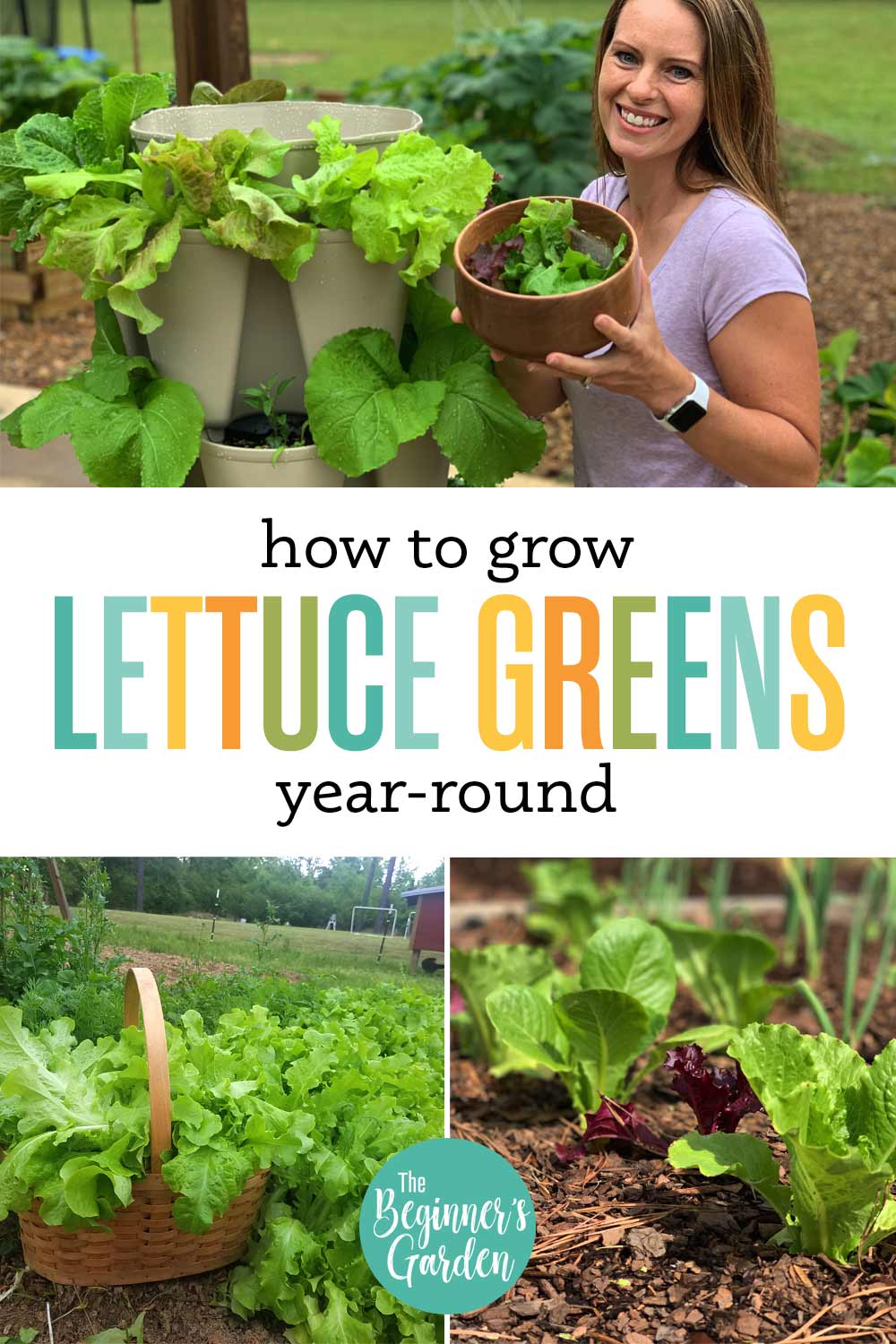How to Grow Salad Greens Year-Round
Lettuce and greens are a great addition to your garden! Salad greens purchased from a store can be expensive and sprayed with chemicals that you would rather not eat (not to mention the increasing incidences of food-borne illness). Growing your own will save money and is rewarding! You also have many more options on what kind of greens to grow instead of being limited by the grocery store’s mainstays.
Growing lettuce and salad greens is pretty easy in the spring and fall, but summer and winter can pose challenges.
Heat will cause lettuce to bolt and become bitter. In the winter, not only are we dealing with cold, but also short daylight hours can stop or pause growth altogether.
So how can you keep your salad greens growing through the heat of the summer and the cold of the winter?
Imagine the enjoyment of harvesting salad greens year-round! While some climates may be limited by the summer heat or winter cold, for many climates, you’d be surprised how a few tricks can extend your salad harvest.
I live in Arkansas in hardiness zone 7b, for reference. We get hot in the summer, and our winters can drop into the single-digits (F). So, what are the tricks I use to harvest salad fresh from my garden [almost] year-round? I’d love to share them with you!
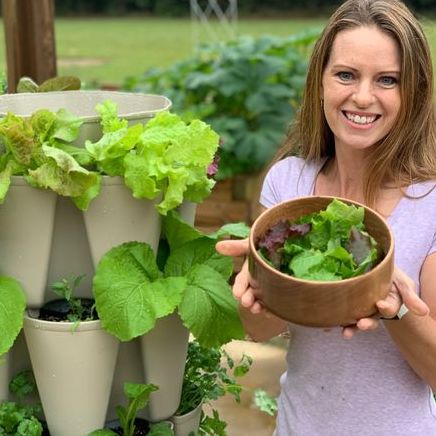
When to grow what type of greens for your salad
We all know that lettuce (especially iceberg) is a fan-favorite for salads but what about other lettuces and greens like butterhead, romaine or even arugula?
They key to growing salad greens year-round is expanding your thinking of salads beyond the typical lettuce-salads you may be accustomed to. Not all lettuce is created equal; some will perform better in the warm or cool weather. Still, even the most heat- or cold-tolerant lettuces have their limits.
Other greens, instead, are more tolerant of heat and cold. With that in mind, let’s talk about the types of greens and the benefits of each.
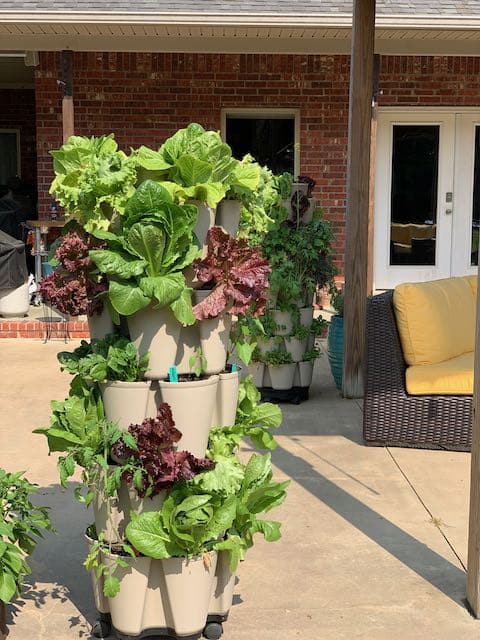
Salad Greens
Iceberg lettuce: Also known as crisphead, iceberg lettuce is a long season lettuce that doesn’t like the heat of the summer (especially temps over 90 degrees). It is a crunchy head lettuce that is preferred by most people before they start growing their own because it’s all we know. But iceberg lettuce can be difficult to grow especially in hot climates. Personally, unless you live in an area with long, cool summers, I don’t recommend beginners start out trying to grow iceberg lettuce.
Butterhead lettuce: Also known as bib lettuce, butterhead lettuce forms loose heads that have a sweet and buttery texture with shiny leaves. It usually grows in loose rosettes and is more heat tolerant than other varieties. But, butterhead lettuce will wilt quickly after harvest if not eaten or refrigerated right away. My personal favorite is Buttercrunch.
Romaine lettuce: You are probably more familiar with romaine lettuce, as it is a common option in the grocery stores. Romaine lettuce boasts tall, crisp heads with ribs in the center of the oblong leaves. They are the most heat-tolerant lettuce of any I’ve grown in my garden. They also keep their shape more than butterhead when cut and make a good candidate for wraps. I like romaine as a sturdy foundation in salads. Though I usually harvest and eat right away, romaine lettuce keeps well in the refrigerator. My favorites are Green Forest and Monte Carlo.
Loose leaf lettuce: This type does not form a head of any kind and is more of a ‘cut and come again’ type. It can be harvested at any size by plucking the leaves from the outside in as needed. While loose leaf lettuce is generally not as heat-tolerant as the other options, it seems to perform better in cold temperatures. My favorite, Tango, is particularly cold-hardy, but it gets bitter faster in warm temperatures. Red Salad Bowl is another I enjoy.
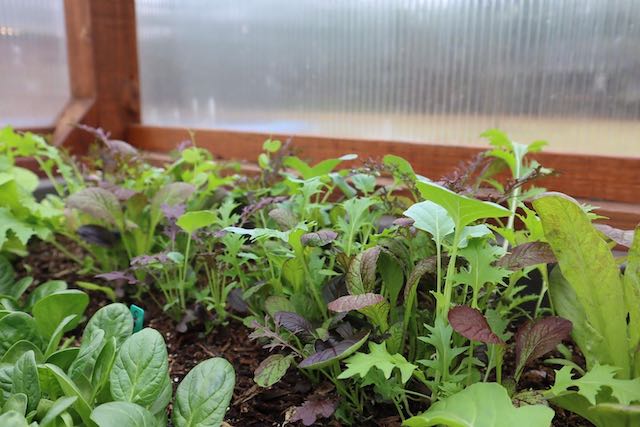
Brassica greens: Yep, you read that right! All greens from the brassica family can be used in salads and are my #1 key to enjoying salad greens year-round. Arugula, kale, bok choy and mustard greens are most common (with arugula being my personal favorite). These are adaptive to more climates and can handle both hotter and colder temperatures than lettuce. I grow brassica greens year-round; the key in the summer is to harvest early and often (more on that below).
Amaranthaceae greens: Better known as spinach and beet greens, these are also excellent options for your salad green garden. Spinach is particularly cold-hardy and is a great option for the late fall, winter, and early spring garden. In my garden, spinach bolts when temperatures rise into the 70s in the spring. Beet greens are more heat-tolerant since they are harvested so young and can bring a nutritious addition to your salad bowl.

Four Seasons of Growth
Now that we know what greens are options for our year-round salad garden, the key is to lean into each season by planting and growing which greens work best in each. Of course, my recommendations below may vary based on your climate, but it should give you a place to start when planning your own salad garden.
Spring
First let’s start with the easiest one and that’s spring. The key to growing more salad in the springtime is succession planting. Brassica greens and spinach are the first that can be direct sown (planted directly by seed) out into the garden while it’s still cold outside. I direct sow my brassica greens about 6-8 weeks before my average last frost date. (Yes, you can start these earlier than you think!) Then, I will continue direct sowing these seeds every two weeks until my average last frost date.
Lettuces are next to be planted; they can be direct sown or started indoors to get a head start. I like to start some indoors and then direct sow others when the soil temperatures rise to about 60 degrees. I will often plant both the transplants from the indoor-started seedlings and the direct-sown seeds in the garden around the same time.
The purpose here is to always have lettuce or greens at different stages throughout the spring by succession planting in one way or another. Spring is the BEST time to harvest salad greens, and the key is to plant often.
In the video below, I show you how I plan and plant my spring garden in my Greenstalk Vertical Planter using succession planting:
I also like to look at descriptions in seed catalogs and pick a few varieties that say things like ‘heat tolerant’ or ‘slow to bolt’ for varieties that will grow further into the heat of the summer. I’ll also make note each year which varieties bolted or became bitter first, so I can plan accordingly for next year. For example, I plant Black-Seeded Simpson lettuce first because it’s the first to become bitter, and I plant Green Forest later because it lasts the longest.
Summer
Let’s move on to summer. What many beginners don’t know (and learn the hard way) is that unfortunately most lettuces won’t grow great (if at all) in the summer heat. Most areas get too warm in the summer for lettuce to thrive.
If you have established lettuce that you want to try and hang on into the summer, adding some shade cloth above the lettuce can help to extend its life into the heat. Also, sowing seeds under the shade cloth in the heat of the summer while making sure to keep them moist can help as well.
But know that this will only buy you a small amount of time in most cases. Be prepared to supplement with brassica greens in the high heat of the summer. For example, I plant arugula all summer long since it is more heat tolerant, especially if you harvest while they are young. In this video I show you how I’ve been doing this for the past couple of years.
For salads during the summer, it’s important to notice the limitations heat will bring. Then, look toward the beautiful days of fall where lettuce will again thrive. You can even get a heat start on lettuce by sowing seeds indoors in late summer and plant outside in early fall. While lettuce can be directly sown into the garden, if the soil temperature is too high, the seeds won’t germinate. That’s why an indoor sowing of lettuce in the summer is your best bet.
Fall
In fall, the key is to get the greens planted and matured before the day length slows and in many cases eventually stops the growth. When daylight hours drop below ten hours per day (also known as the Persephone period), plant growth stops altogether. That’s why getting your lettuce and other salad greens mature before this time is essential for a fall and winter harvest.
Lettuce can tolerate a freeze but when the temps drop into the 20’s, most varieties will suffer if you do not cover the plant. This is another area where it’s good to keep notes from year to year. For example, I’ve lost some varieties of lettuce while others weren’t fazed by the cold. Seed catalogs will also indicate whether a lettuce variety is particularly cold tolerant. Tango and Winter Density have been great options for me here.
Another thing to do is plant more in the fall. Because the growth of each plant begins to slow, you’ll find that the same amount of plants will not go as far as they did in the spring. This usually works out fine, though, because we generally have more space to give in the fall garden.
Tip for fall planting: Make sure you are checking your soil temperature as lettuce seed doesn’t like to sprout in soil that is over 75 degrees. Also, waiting until soil temperature is under 70 degrees to direct seed spinach, it will likely overwinter and you will get a nice crop in early winter.

Winter
The key to harvesting your salad greens in the winter is finding a way to protect the greens you planted in the fall so you can continue harvesting as long into the winter as your climate allows. That’s because if your day length is under ten hours in the winter, the plants will not grow.
(If you live further south, you likely will be able to grow salad greens all winter, but keep in mind the slower growth because of day length.)
But, if your winters get cold and day length is under ten hours, understand that plants are more resilient than we give them credit for, and covering them in the winter can make more difference than you think. I had lettuce survive a double layer of cover (one floating row cover in an unheated greenhouse) when the temperature outside dropped to 0F.
Then, when the day length begins to increase, you can begin to direct sow those cold-hardy greens like arugula, brassicas, and spinach as the soil warms up and becomes workable. Containers are great for this, as their soil heats up faster. Once those sprout, you go back to succession planting leading into spring!
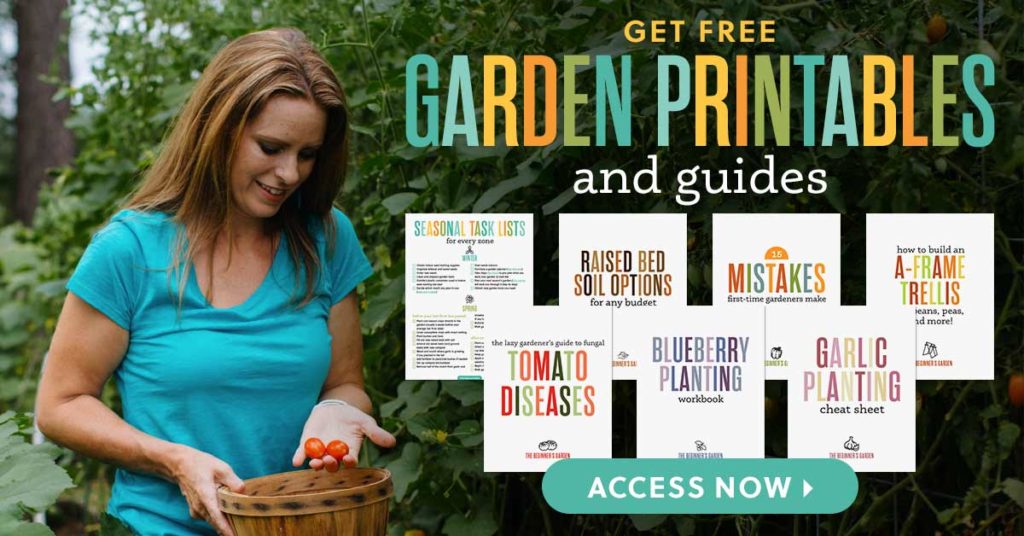
Overall Key Points
To sum up, the key to growing salad greens year-round as your climate allows is to have a plan and use succession planting to your advantage. Using my Complete Garden Planner can help you get a full season plan in place. Understand which crops are resilient to heat and/or cold temperatures so you know what to plant when. Lastly, make sure you are adjusting for daylight hours in the fall and winter when things will slow their growth or stop all together.
Finally, as you saw in the videos above, I almost exclusively use my Greenstalk Vertical Planters for my salad greens now, even though I have a 3,000-square foot garden. You can browse the selection of Greenstalk planters and use my promo code JILL10 to get $10 off your purchase of $75 or more here.
Do you get overwhelmed with garden planning?

Subscribe here for my best tips to plan your garden in just 7 days -- all for FREE.
Plus, I'll send you my "In the Garden E-mail" on Fridays, periodic updates on garden resources relevant to you, and you'll receive access to my entire bank of free garden downloads!
You are also agreeing to our privacy policy.

